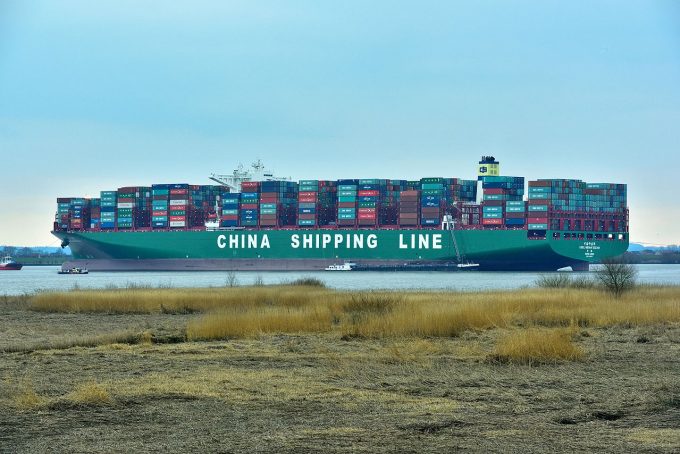
(C) Frank Schwichtenberg
By Mike Wackett
Another ultra-large container vessel has run aground in North Europe, again raising questions about the ability of salvage facilities to tackle a major incident involving the new megaships.
The 14,074 teu CSCL Jupiter ran aground at around 7am yesterday in the river Scheldt after leaving the port of Antwerp ...

Comment on this article
Steve Cameron
August 15, 2017 at 3:08 pmI think it is right to flag this and similar incidents – whilst its not clear if the advent of bigger vessels is leading to more events such as these, clearly the potential disruption to navigation and the supply chain is greater. Once the formal investigation identifies the root cause, it will be interesting to see how this matches the risk assessment that the vessels operators and the port authority carried out prior to deciding to allow vessels of this size to make the transit to Antwerp.